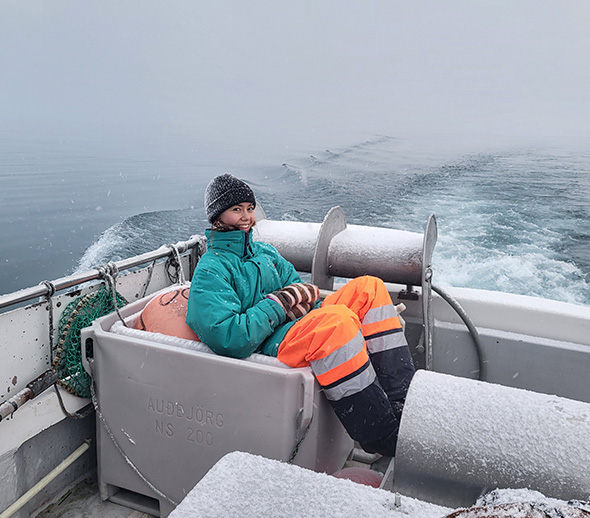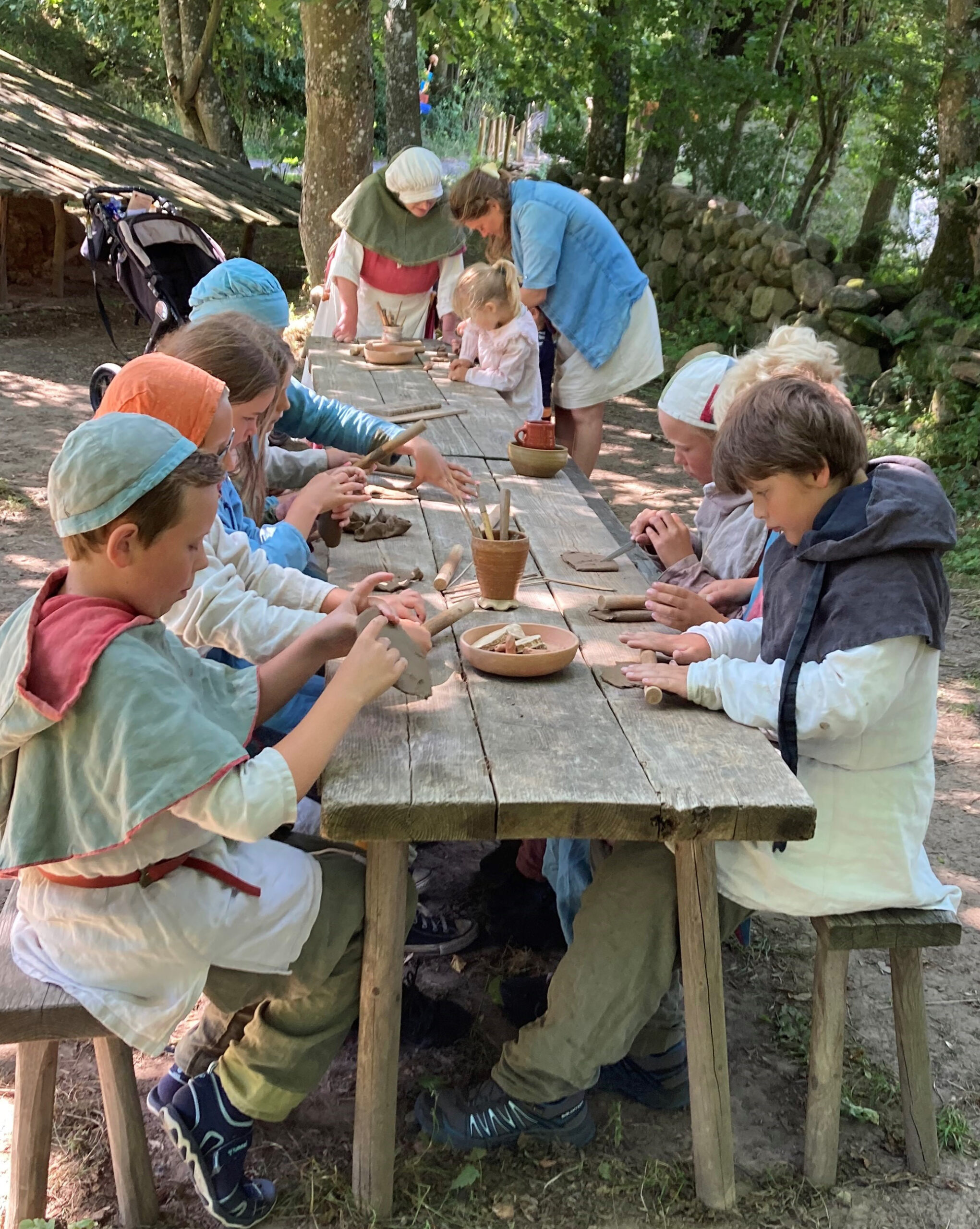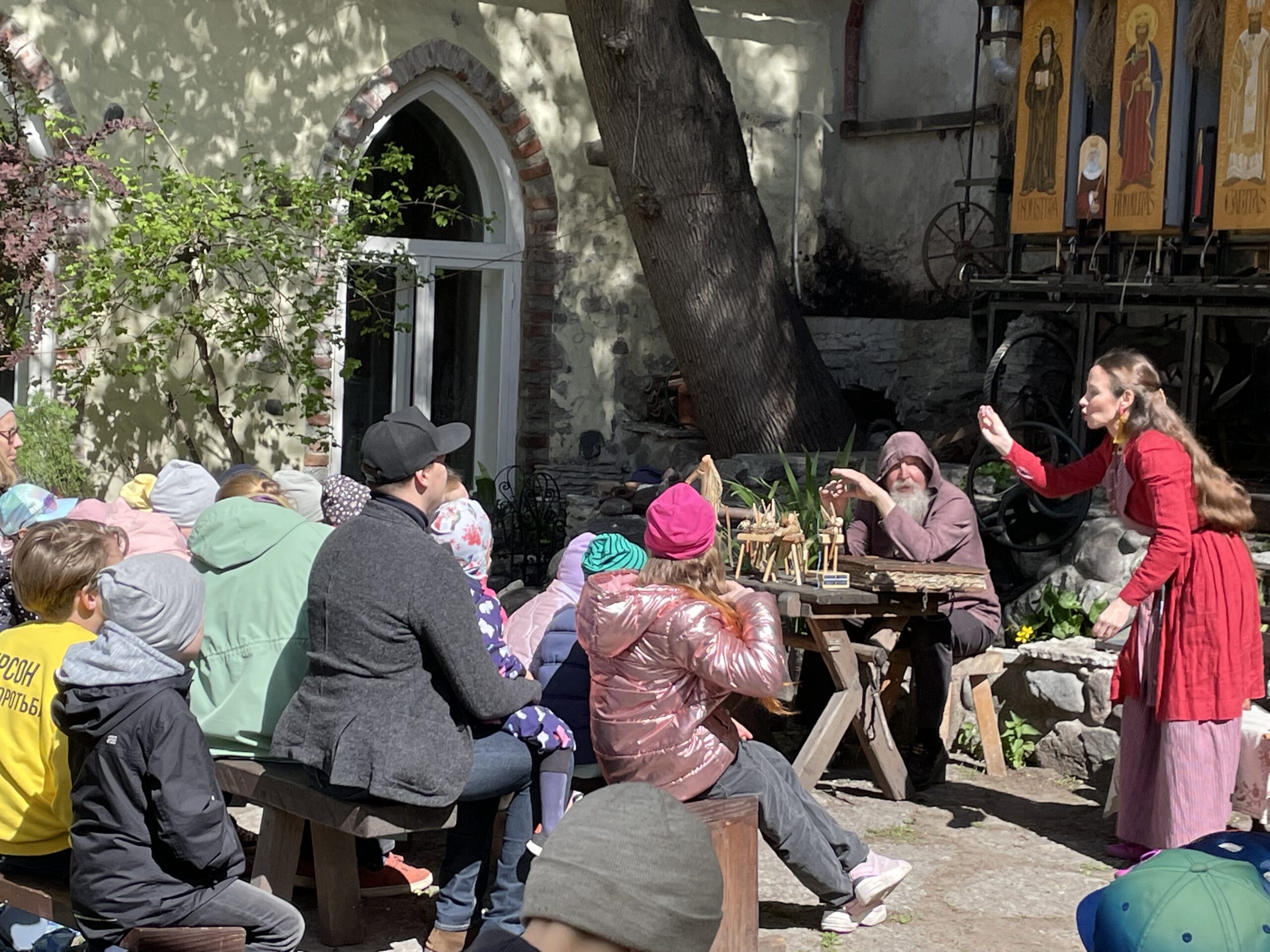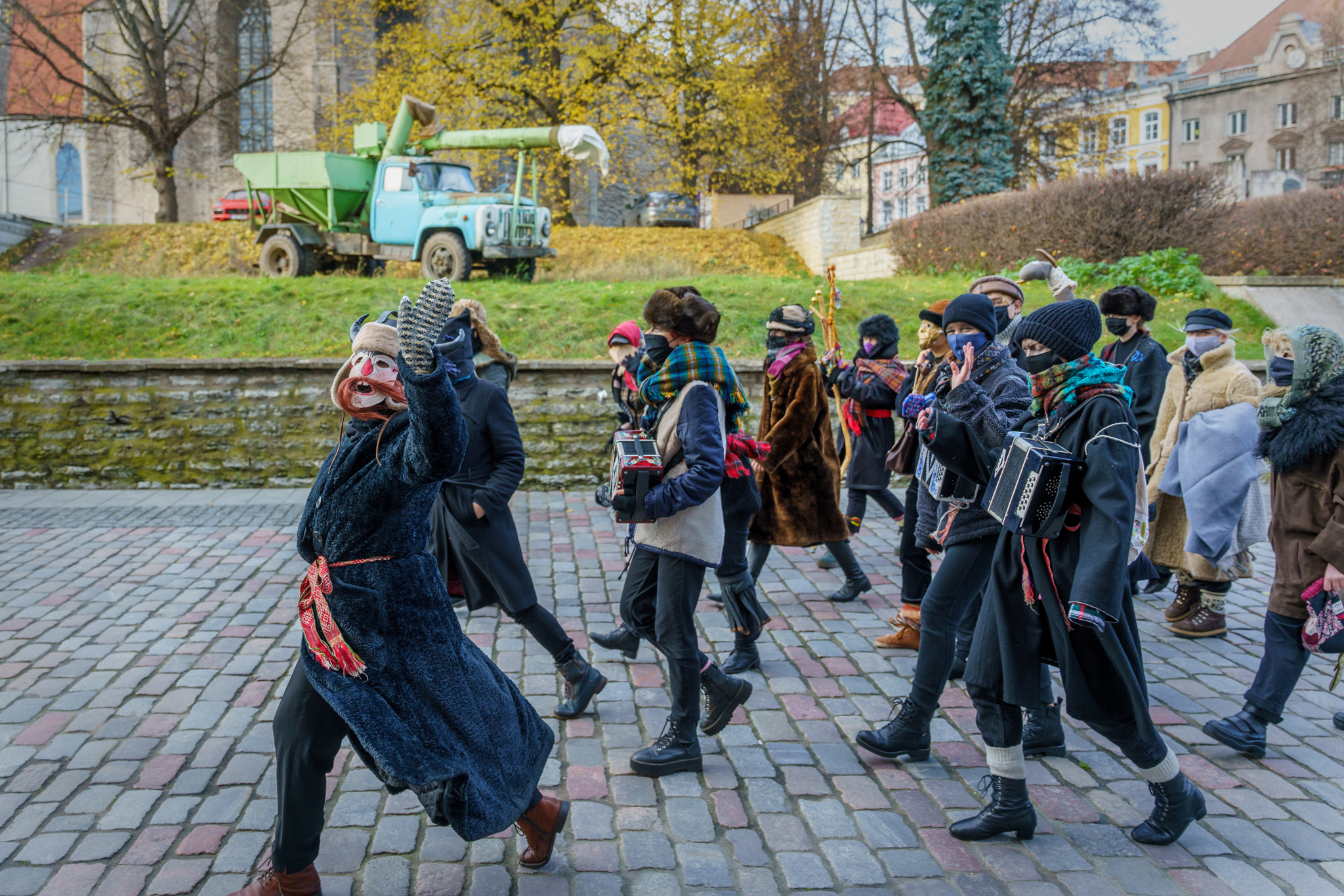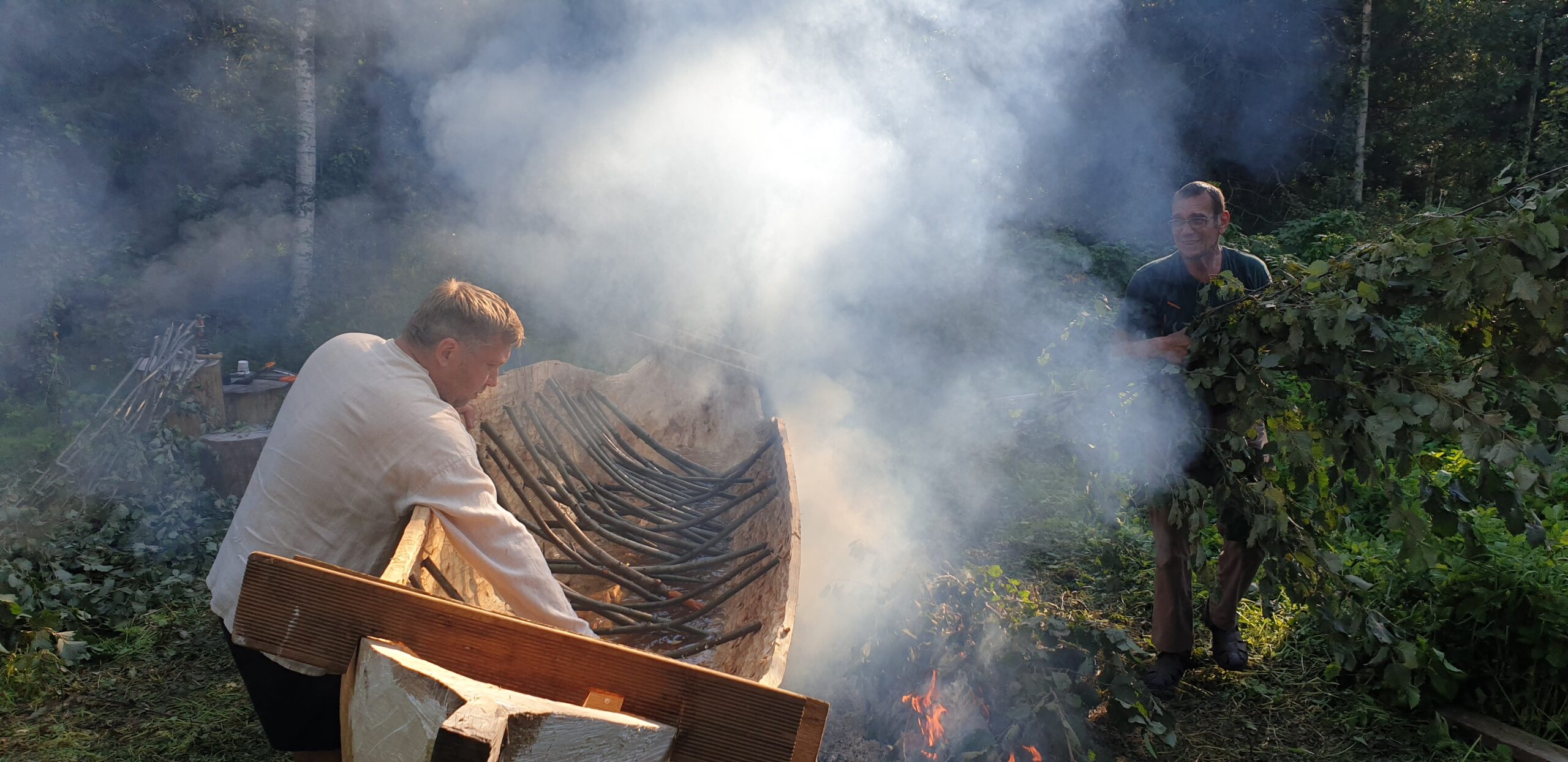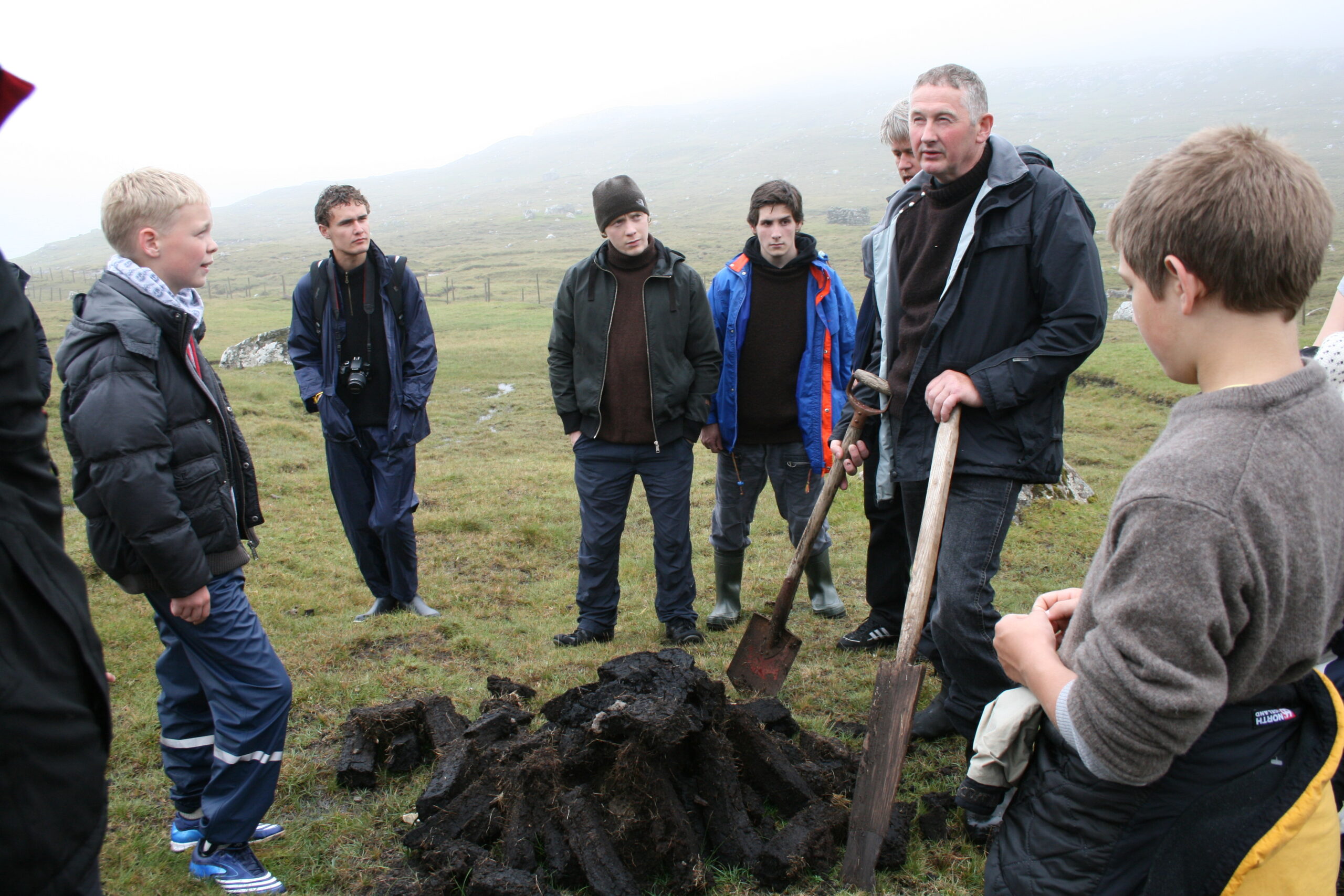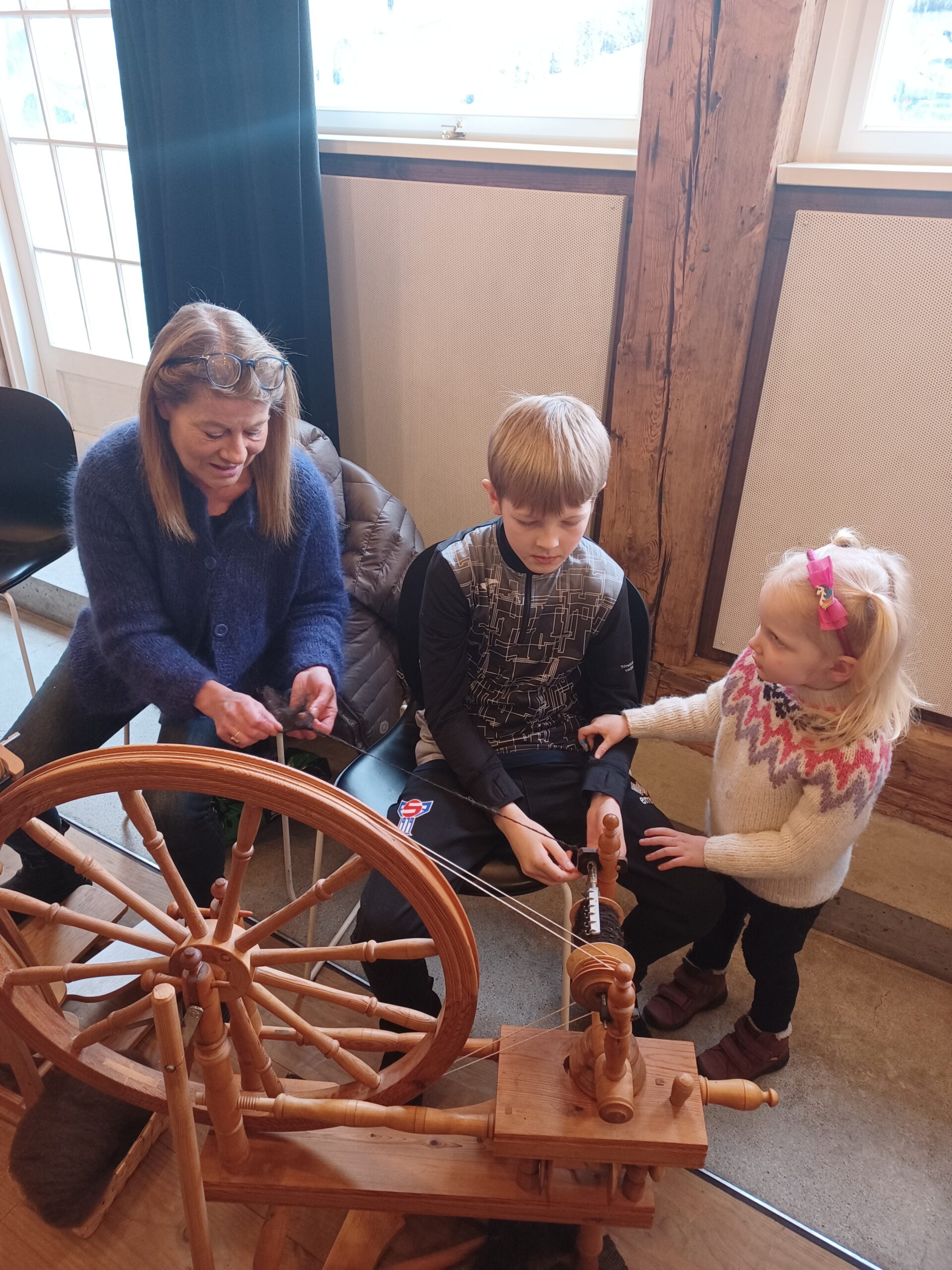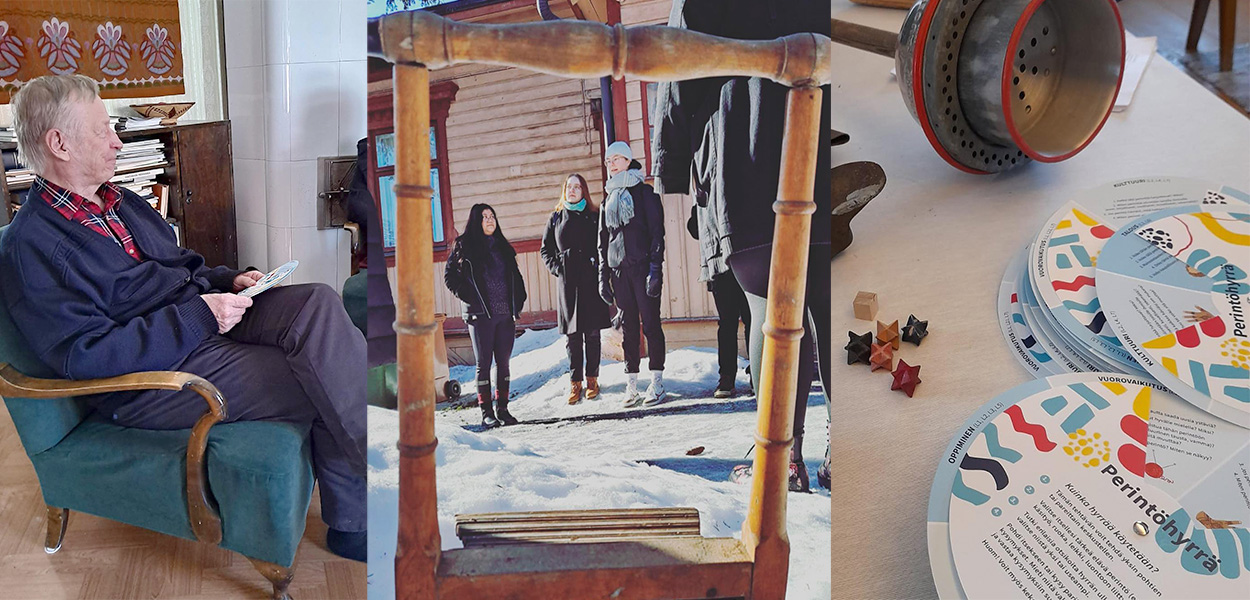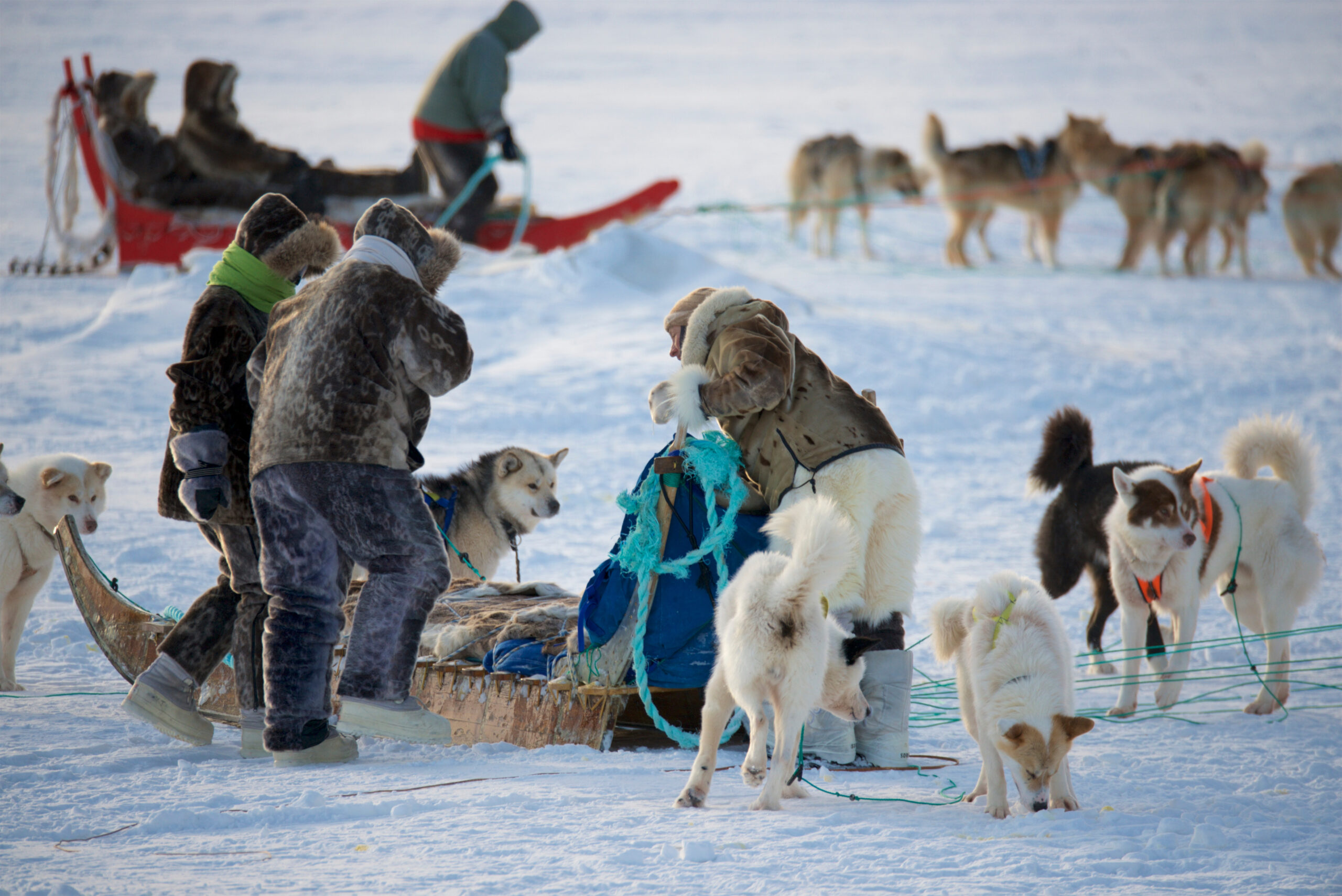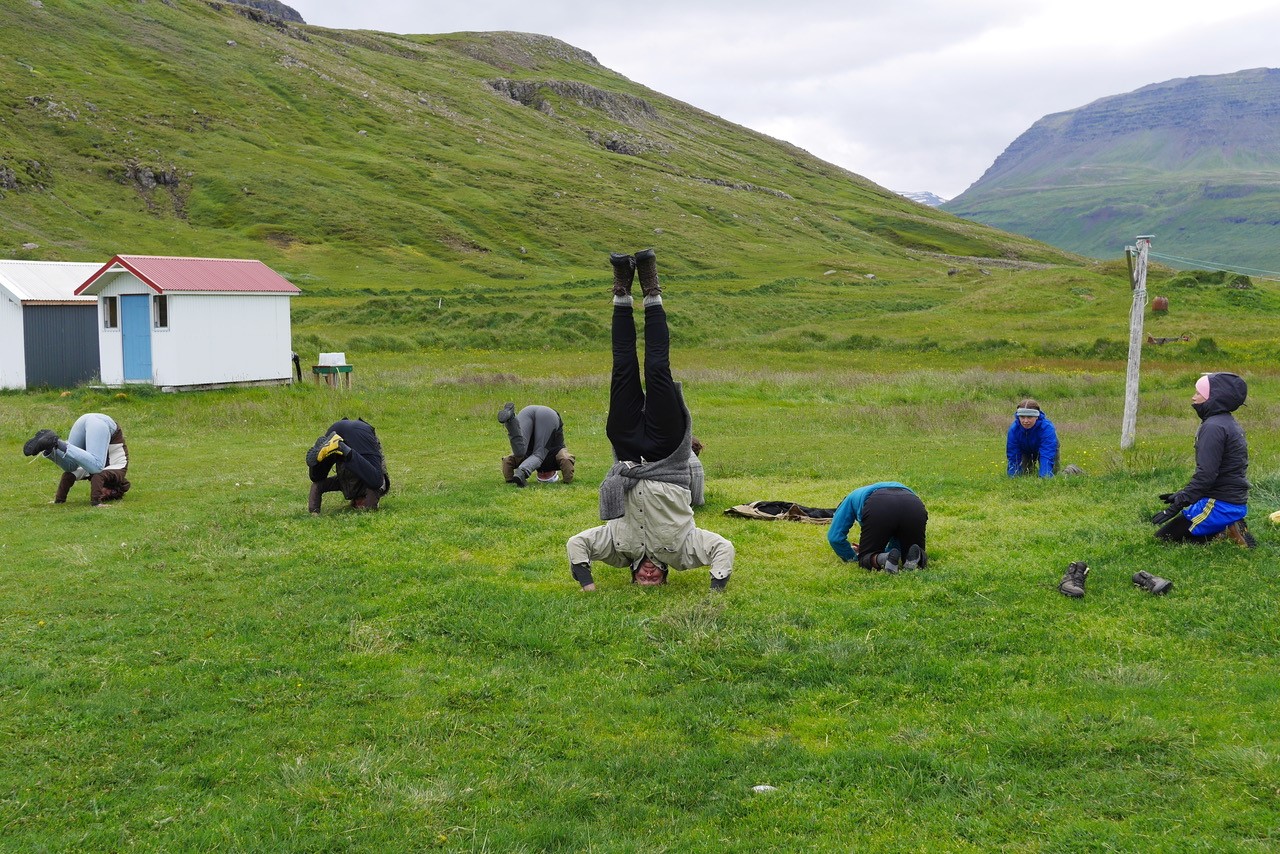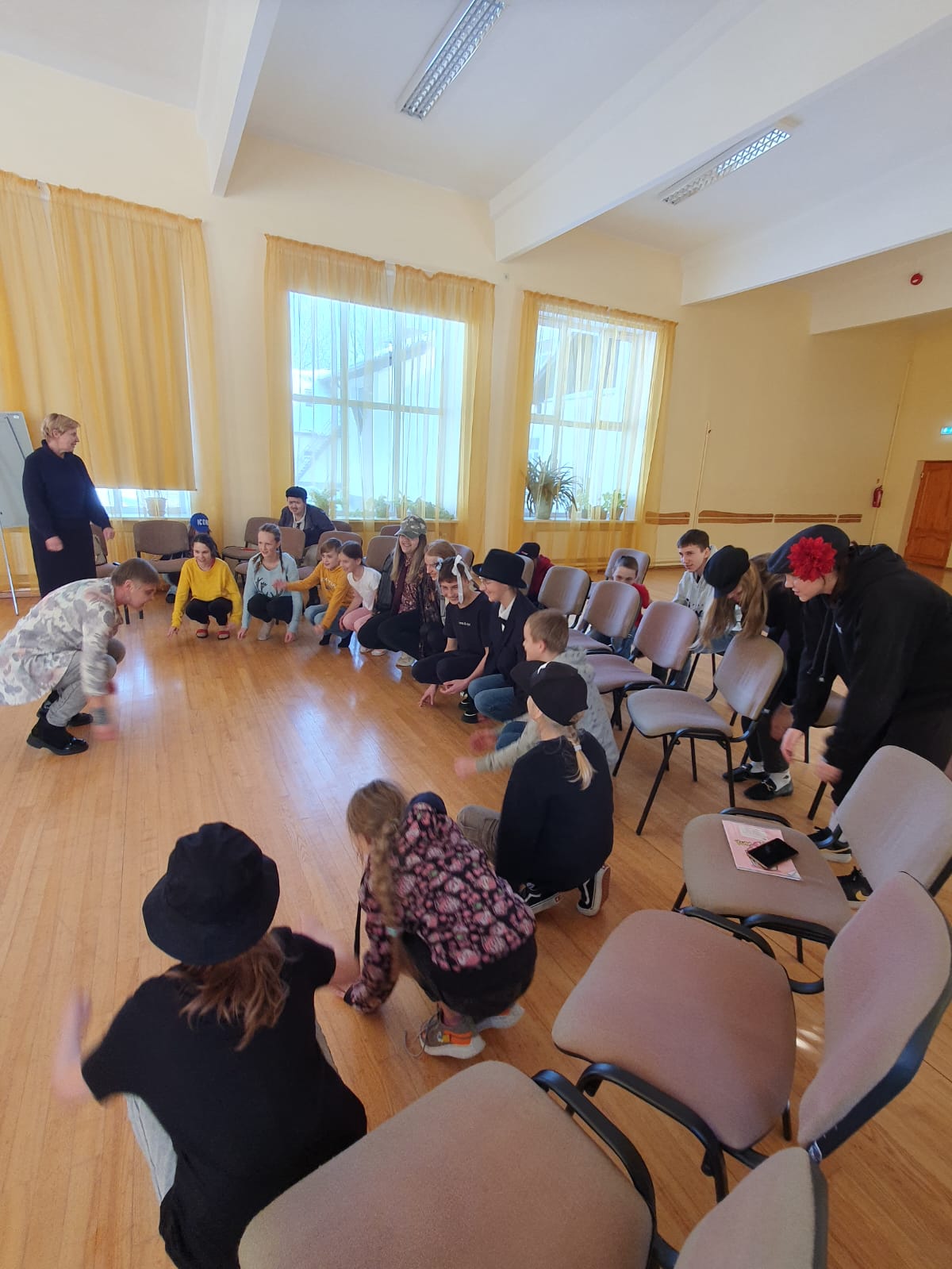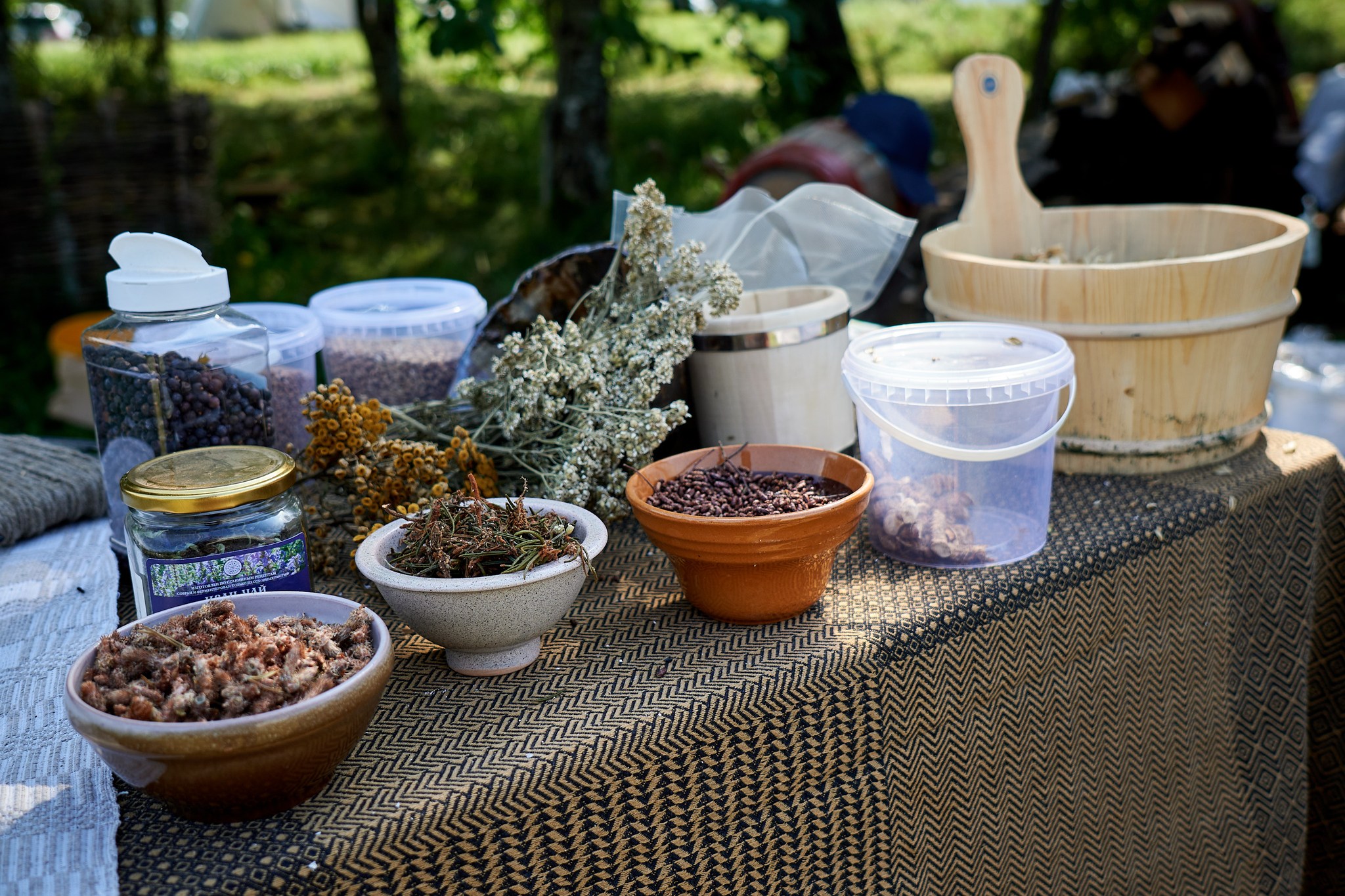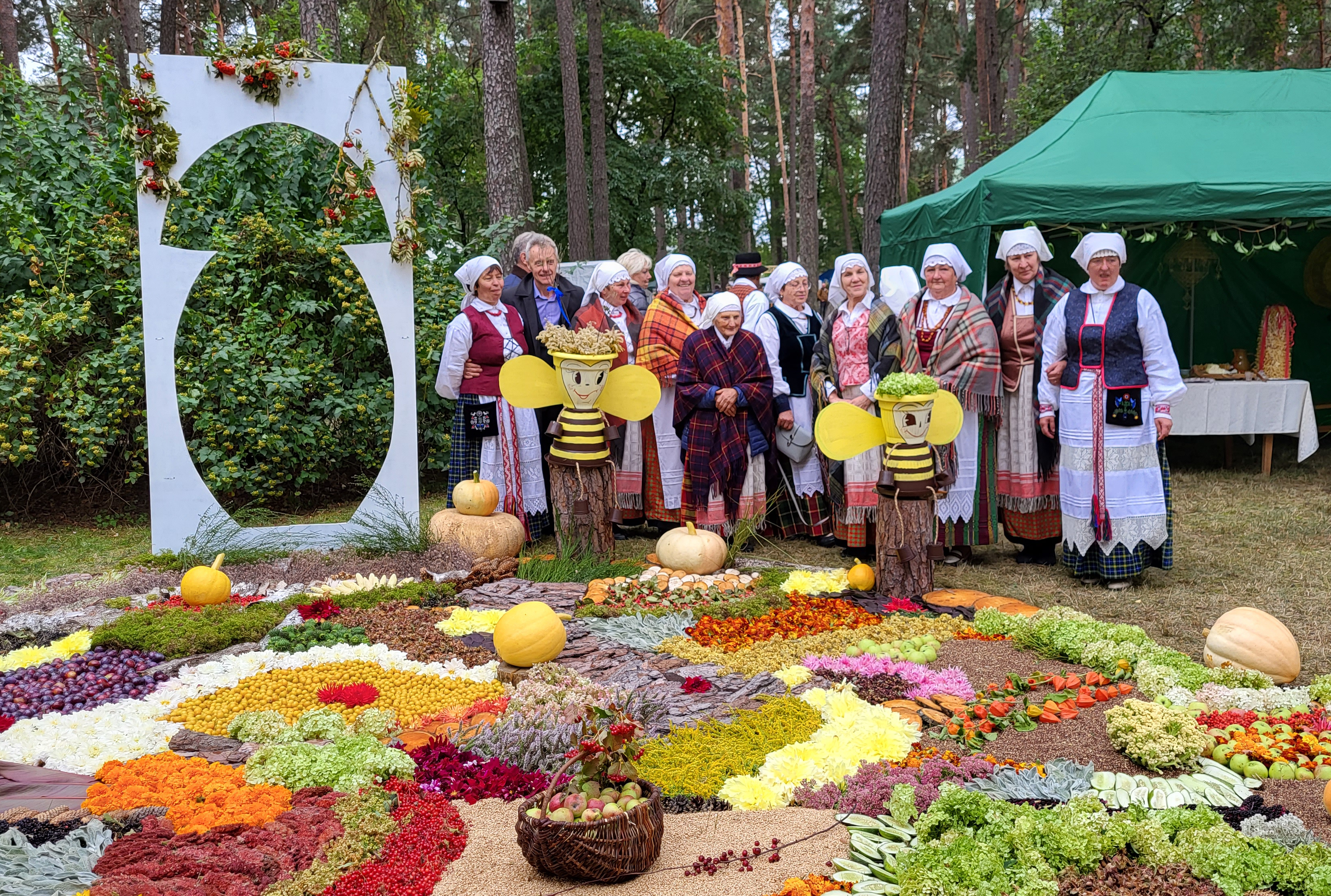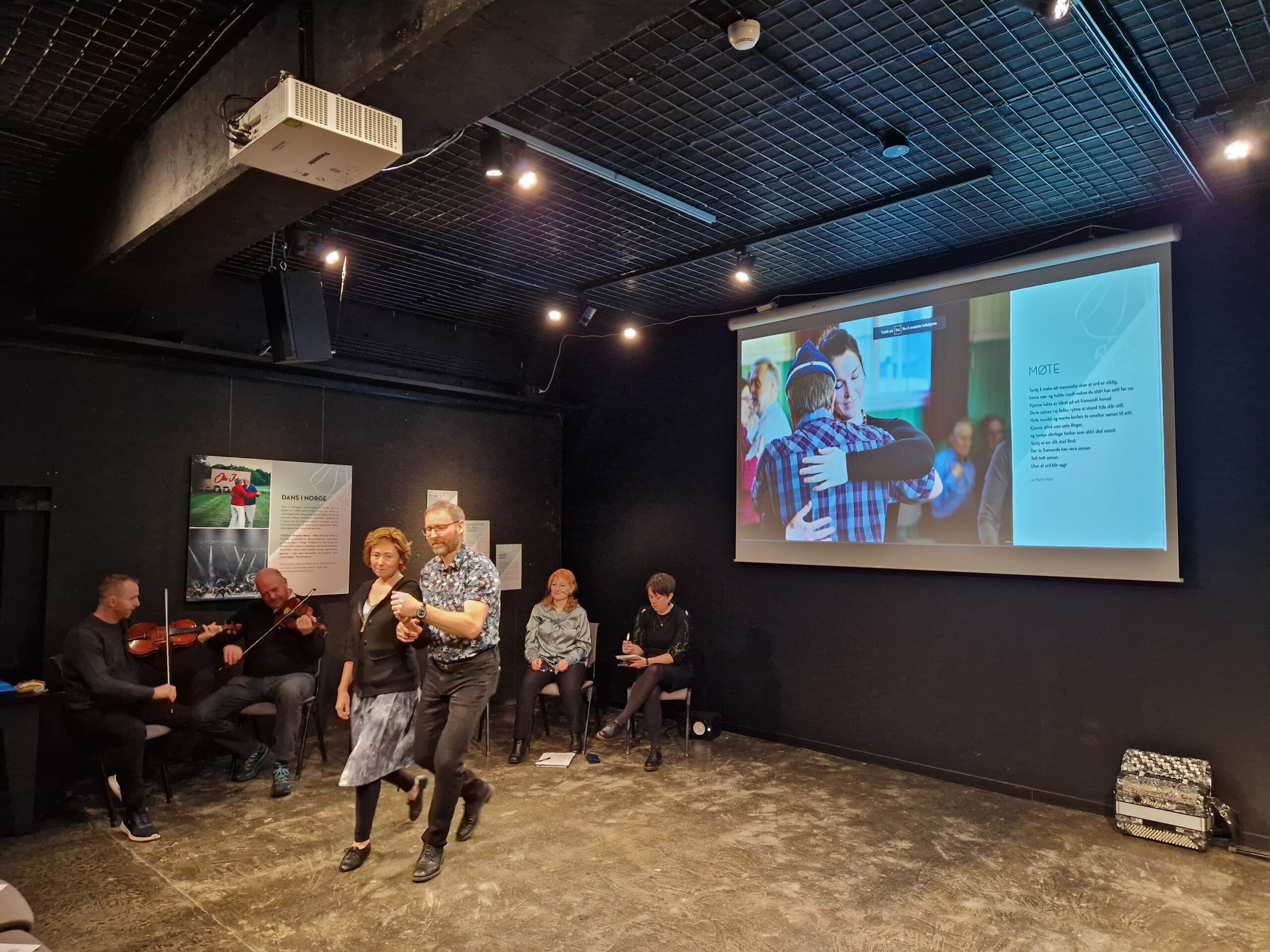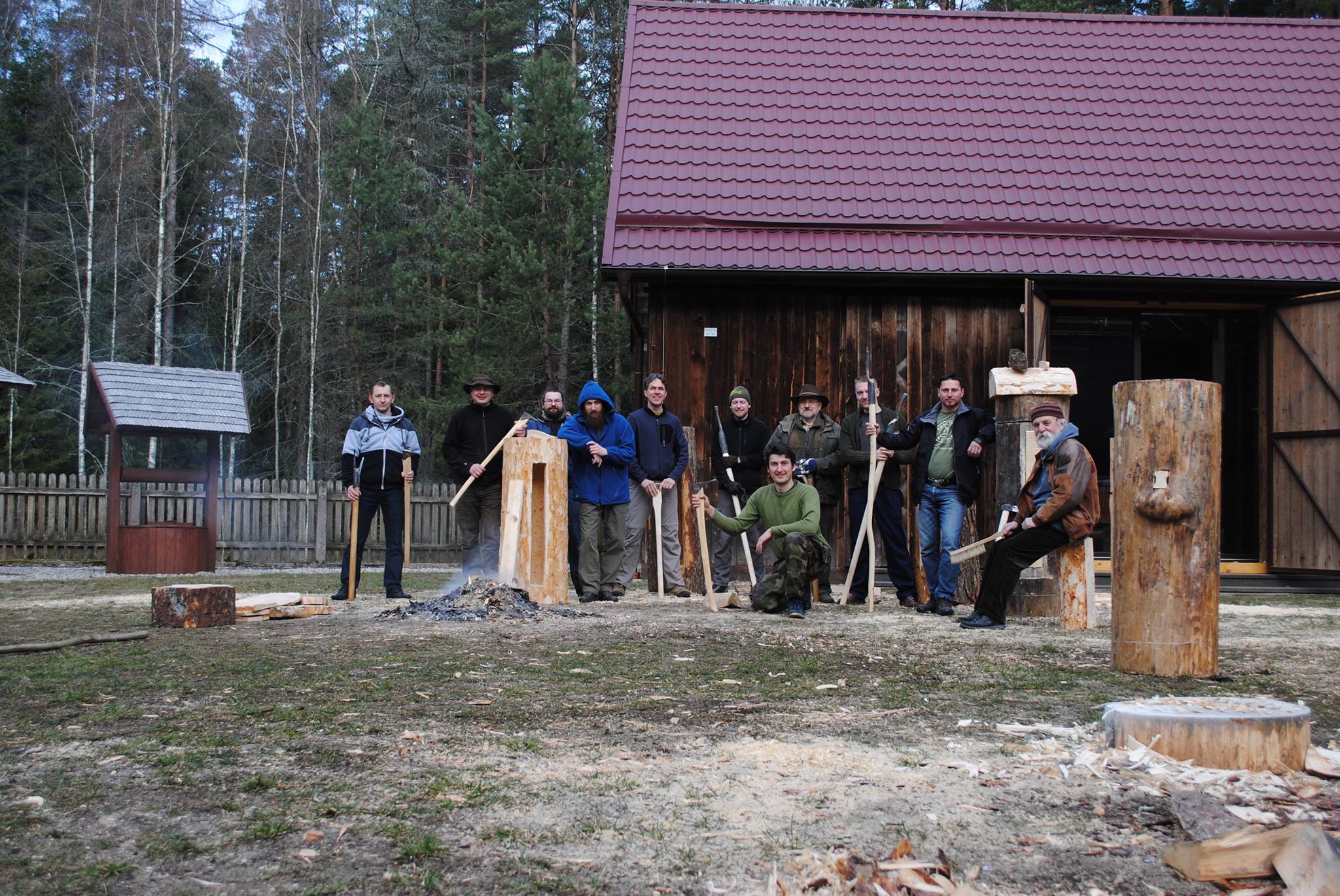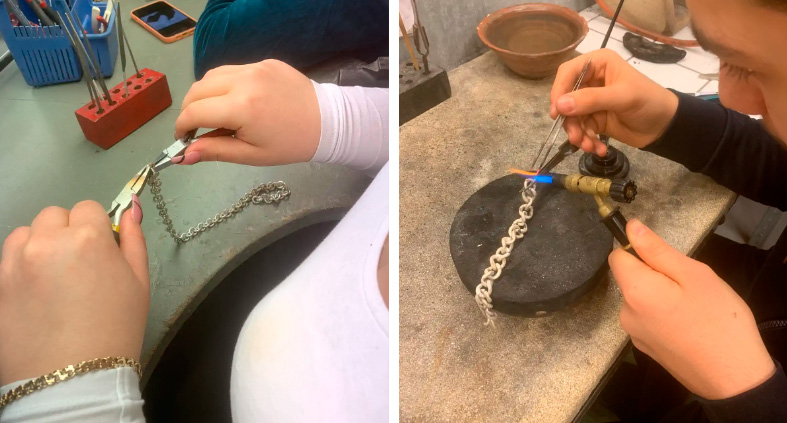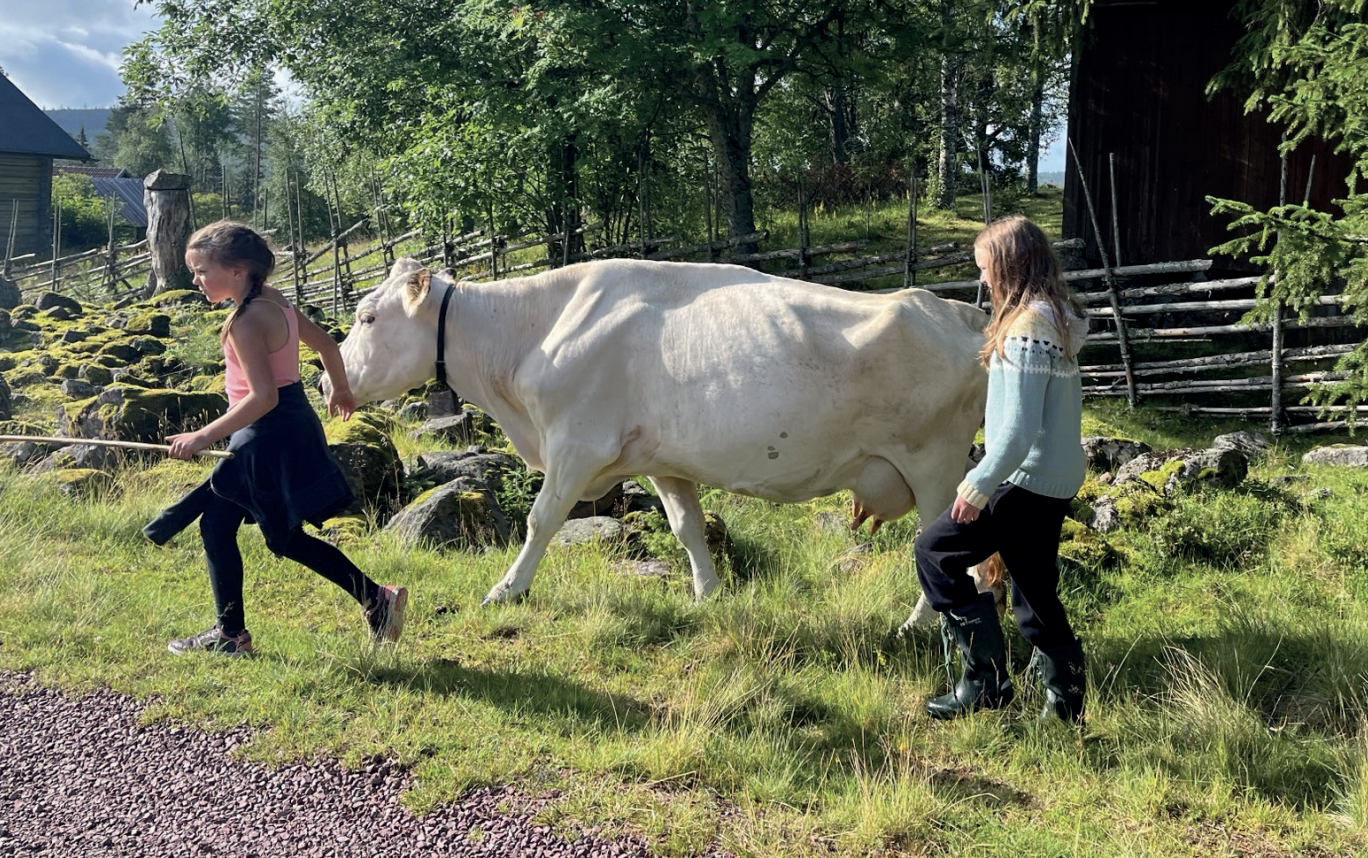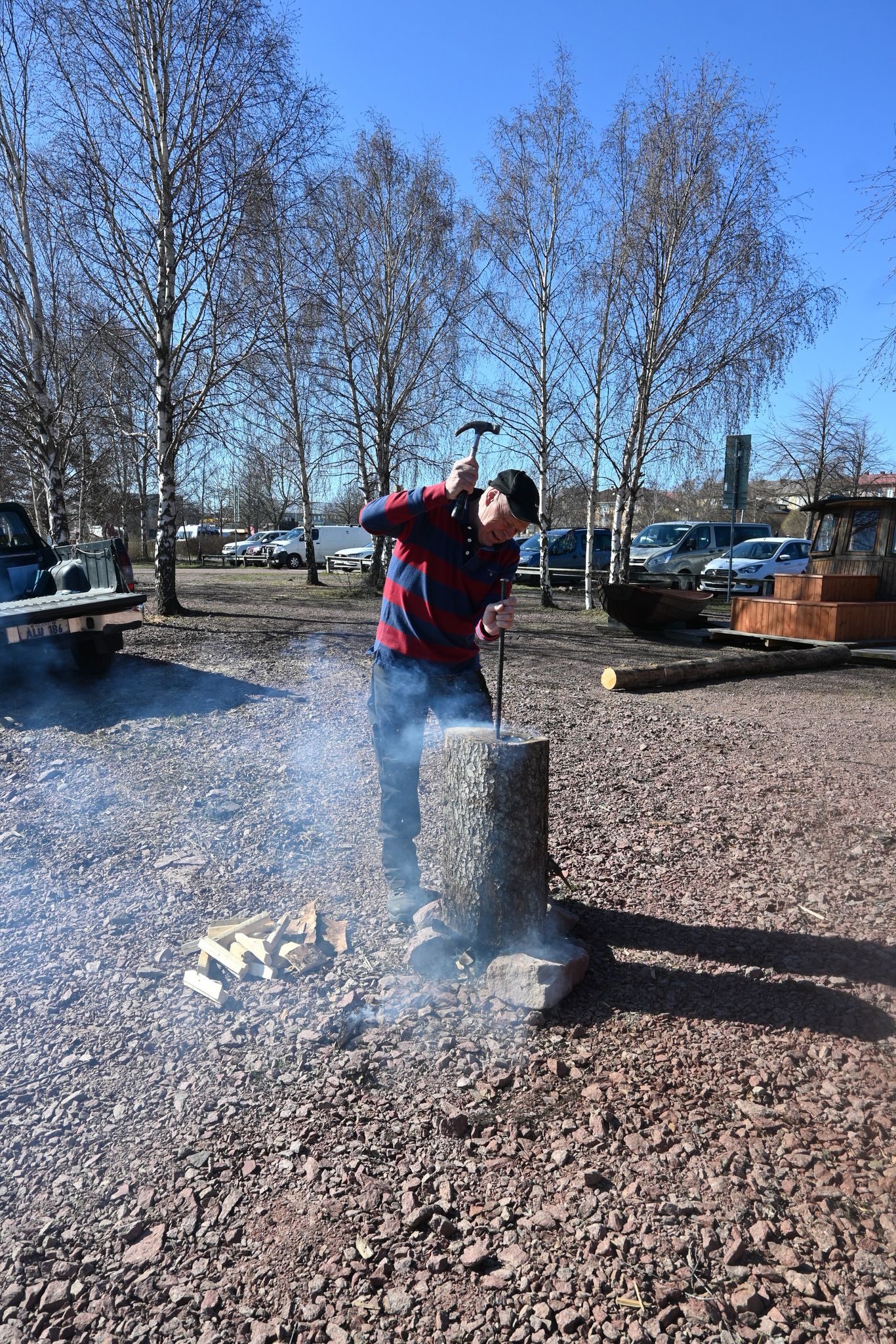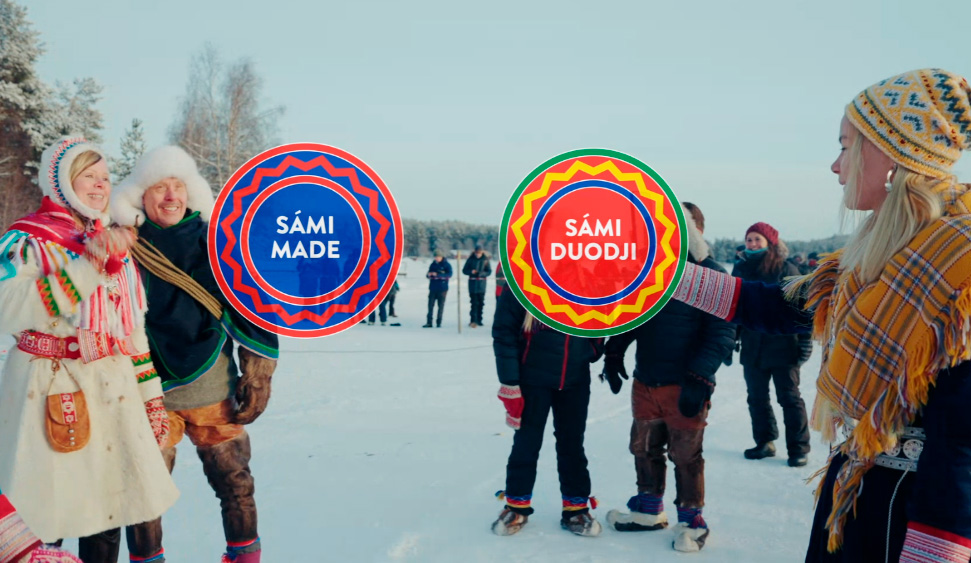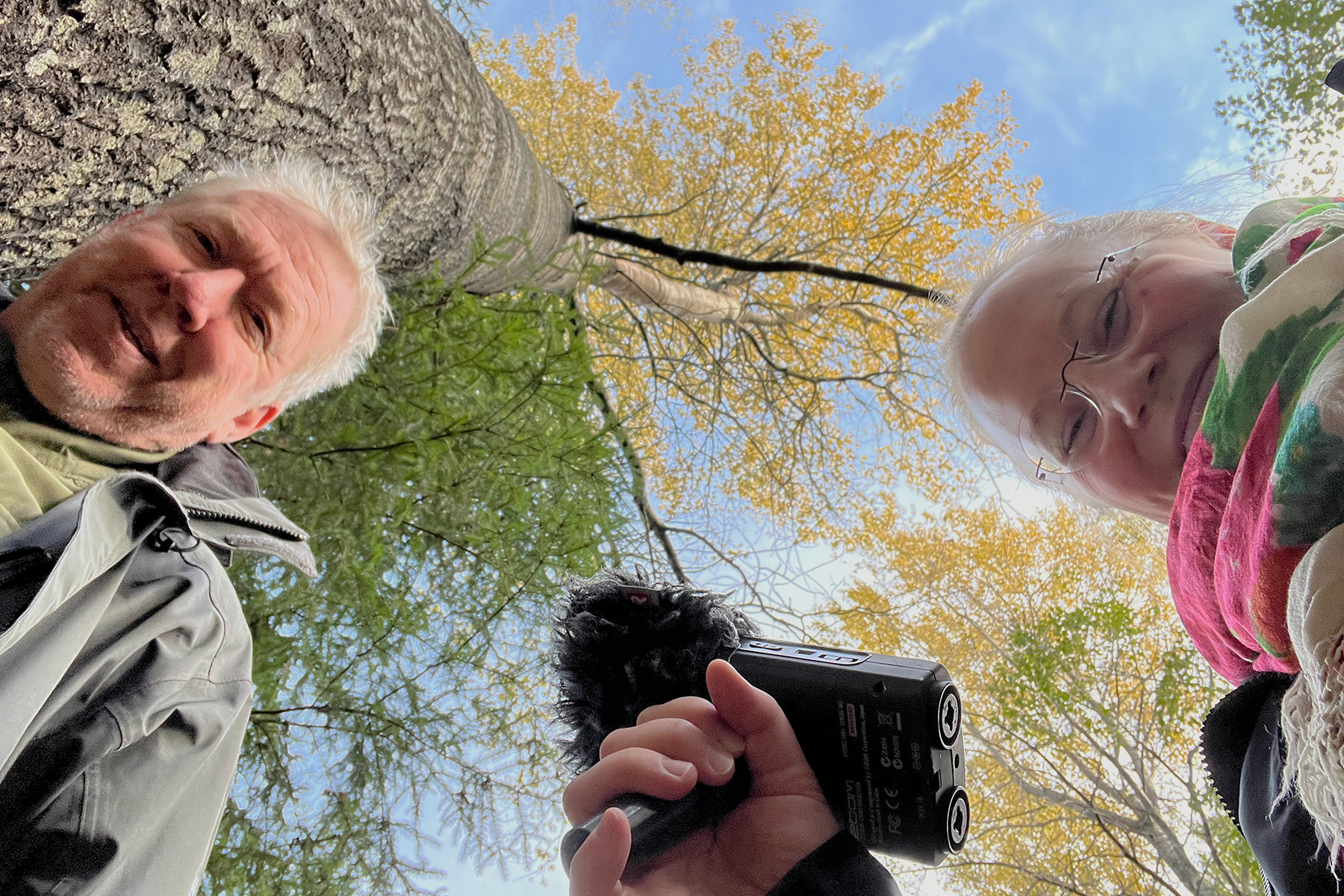THE MEDIEVAL POTTERY HUB
Bornholms Centre for Medieval Times heads to develop their pottery workshops into a new era and widen their scope of participants. They want to develop and test concepts for workshops so that they better serve local children and teenagers.
”We want to lift our education on historical pottery and clay, so that it will benefit a larger group of local children and teenagers in the future, with special attention to the socially exposed groups. The main goal is to have our pottery activities work as a hub for medieval handcrafts, small-scale production of utensils from natural resources, story-telling, and local community building.”

